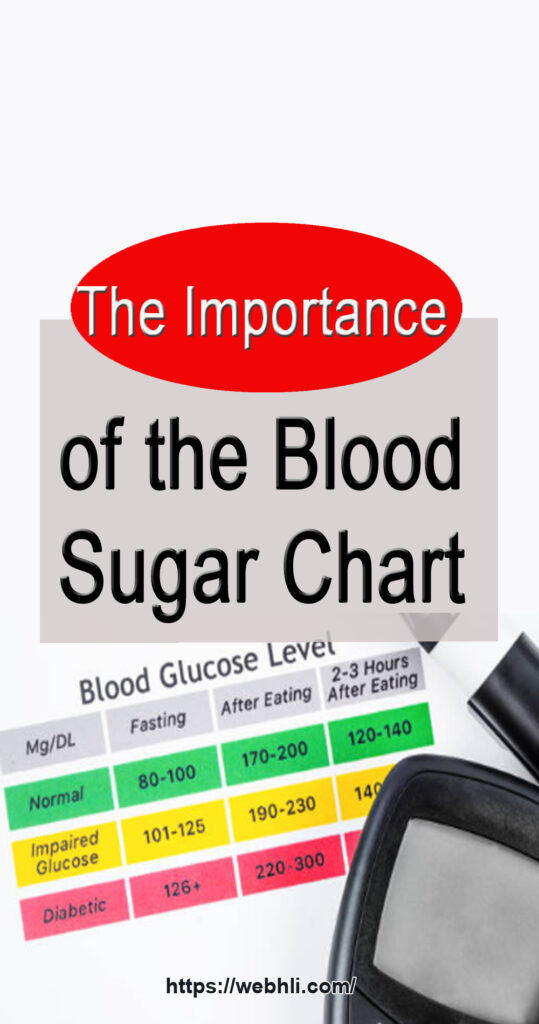
A blood sugar chart is one tool that your attending physician would ask you to keep if and when a diagnosis of diabetes is made. This will ensure that important data of what may or may not affect the levels of sugar in your system are carefully recorded. This chart will not be possible however, if there's no blood monitor kit in the home. This is an important tool in taking the sugar levels of blood.
This blood sugar chart should be kept studiously and seriously as this will detail the sugar levels, the foods that may have an effect on the levels, the amount of foods eaten at given times, the daily physical activities which may affect the levels as well as the different reactions to medications and injectables like insulin. In short, every single detail of every single thing that happens to the body of the individual is to be recorded.
heck out these related articles, too:
Blood Sugar Level Chart What's Normal and What's Not
Blood Sugar Levels High What You Should Do Next
Using a Diabetic Blood Sugar Level Chart How to Know If You're in a Normal Range
How to Get Your Blood Sugar Back to Normal
A Blood Sugar Reducing Diet Can Save Your Life
Reducing Complications With a Good Diabetic Diet Plan
Included in this blood sugar chart are: glucose levels at the first hour of the day, after breakfast is eaten, before eating any meals, two hours post prandial (anything eaten or drunk) and last, just before going to bed at night. The sheer number of pricks on the finger to get the blood samples is scary for a lot of people, but a little tension is fine if it means saving a life. The recordings are going to be a great help for the doctor in the quest for the right management to take.
Familiarizing with the normal ranges of glucose levels is also a must. Although it can be easily memorized, it is best to still keep the numbers written. Glucose levels when first waking up should be around 80-120mg/dl, post prandial is >160mg/dl and bedtimes at 100mg/dl-140 mg/dl. Generally these numbers come out but they can differ from patient to patient. Find out with the attending physician if your glucose levels are in the general levels.
The blood sugar chart was not invented as a task that should be feared, it has to be treated with respect as this is a tool that is very useful and can actually save the a diabetic's life. In matters of emergency, this chart is going to be the only thing standing in the way of a good diagnosis and treatment. Be certain that all the information is detailed in the blood sugar chart. When the chart is read by a specialist, they will see and interpret the information differently than the patient and they could make judgement calls in maintenance and treatment choices.
It is advised that for the first few months after diagnosis, the blood sugar chart should be brought to the doctor's office for interpretation as these first months are critical to the eventual changes in medications and dosages. Make sure to stick religiously to this schedule as any miscalculation of dosages can adversely affect the prognosis. Remember, blood sugar charts were not made to torture the diabetic patient; it was created to ensure that careful recording can actually be beneficial to the health of the individual.
Article Source: http://EzineArticles.com/4565439

 Protected by Patchstack
Protected by Patchstack